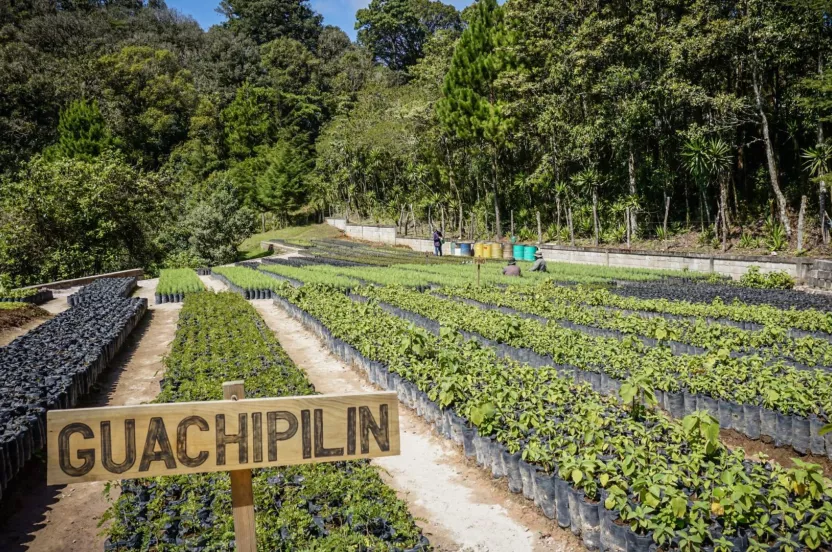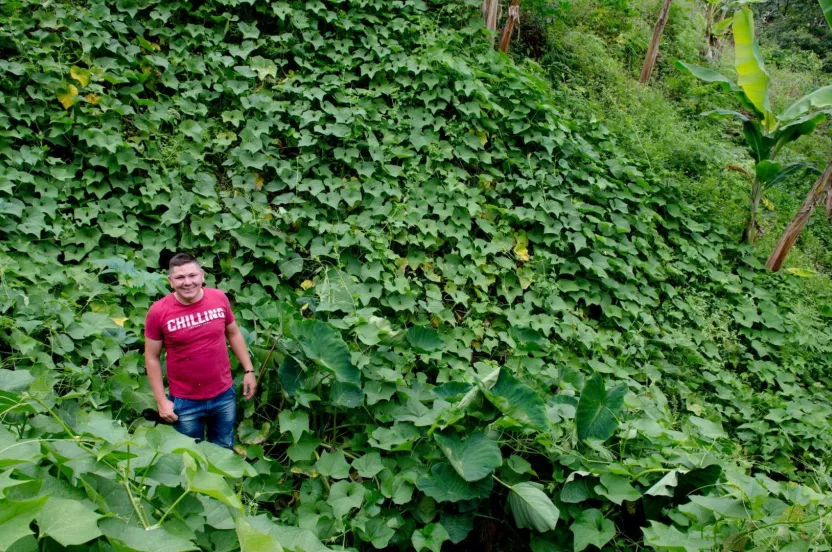Now live: The 2025 Canopy Report. Learn how Americans see trees. GET THE REPORT
Arbor Day coffee is organically grown under the canopy of the rain forest in Latin America. Every delicious cup you drink preserves 2 square feet of rain forest, provides growers with a fair wage, improves local infrastructure and increases access to healthcare and education.
The simple act of drinking responsibly grown coffee can make a big difference.
Measuring the Quality of Coffee
As the Foundation's coffee quality specialist, I'm responsible for ensuring all coffee sold by the Foundation meets quality standards set forth by our coffee team. Our goals are to make sure all coffee selected from our network of shade grown farms are delivered to exceptional standards and roasted to perfection. But I'm often asked, how is the quality of coffee defined?
How often do you find yourself in a conversation with a friend or family member who has a completely different preference for coffee? I found this question of varied preferences between people interesting, so I set out to learn what causes this variation of preference among people.
Preferences Change with Time and Setting
Much of the research conducted in sensory science reveals that the ability to distinguish flavors diminishes with age. Your palate retains less taste buds as you grow older, making it harder to recognize certain flavors. This explains why many kids don’t like broccoli — since it is loaded with bitter flavor compounds — and often dislike coffee. In addition to age, research suggests women are more sensitive to bitter flavors because of a physiological response used to protect babies against exposure to toxic foods consumed during pregnancy.
Social settings and physical environments can impact taste preferences for coffee as well. Preferences for certain types of flavors can be influenced by cultural palates such as regular contact with different types of ingredients, spices, and dining habits. For example, professional tasters, cooks, and other sensory specialists often develop different palates than those who are not professionally tasting food and drinks on a regular basis. Things like temperature, texture, color, and the smell of foods can influence your experience.
Coffee has an acquired taste because of the nature of its bitterness. Most people are naturally drawn to foods with some level of nutritional value such as fruit, which has a fair amount of sweetness. Coffee is naturally bitter, but boosts energy in the form of caffeine. This beneficial attribute has influenced many people to acquire a taste for coffee, sometimes with the help of milk and sugar to ease the bitterness.
Factors that Determine the Quality of Coffee
This still leaves the unanswered question: what does good coffee taste like? There are factors that affect the quality of coffee. Since coffee is an agricultural product, it faces the same challenges as most foods such as spoilage, mold, insect damage and plant disease, all of which impact the quality of the coffee bean. Once the coffee bean passes the “physical grading” and is considered free of any major defects, it must be roasted properly. This is the next significant stage of defining quality. Some people like coffees roasted dark while others prefer coffees roasted light. People are often surprised when they have the chance to taste the same coffee roasted three different ways and discover they prefer a certain roast level.
What is the most Popular Coffee?
We recently held an experiment to test how age influences coffee preference. We brewed more than twenty different roasted coffees, using a panel of more than thirty average coffee drinkers, ranging from 18 to 70 years of age.
We discovered older generations preferred dark roasted blends with significant roast characteristics, while millennials (21-39) favored light roasted coffee from Ethiopia, characterized by unique fruity flavors and a medium body where very little roast flavor masked these flavor attributes.
These trends are insightful to how we select coffee. Regardless of which coffee you prefer, everyone experiences coffee differently. So, if you are shopping around for the best coffee to serve at a dinner party or to your friends, consider the average age of guests, and note the trends among different age groups.
Regular coffee tastings at the Foundation reveal a consistent preference for the traditional Arbor Day Blend. It is the most popular roast and blend enjoyed by a wide audience.
Fun Fact
Did you know whether you are roasting one pound or 1,000 pounds of coffee, it will take roughly 15 minutes to complete the roasting process, regardless of batch size.




